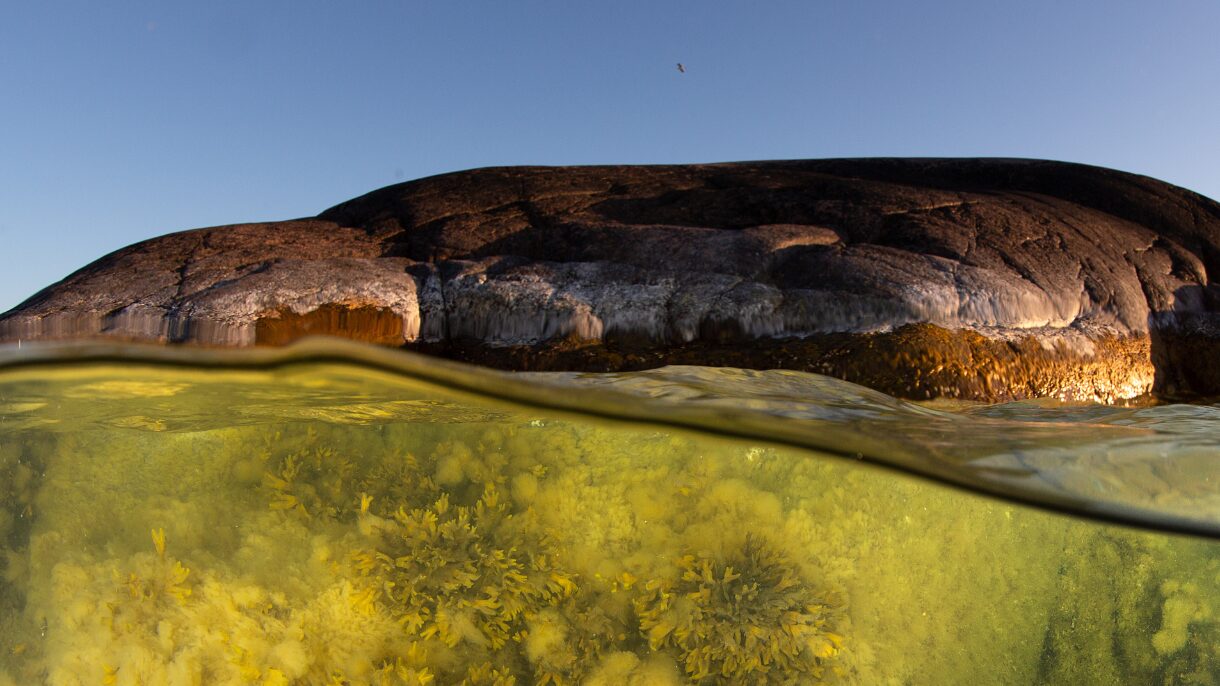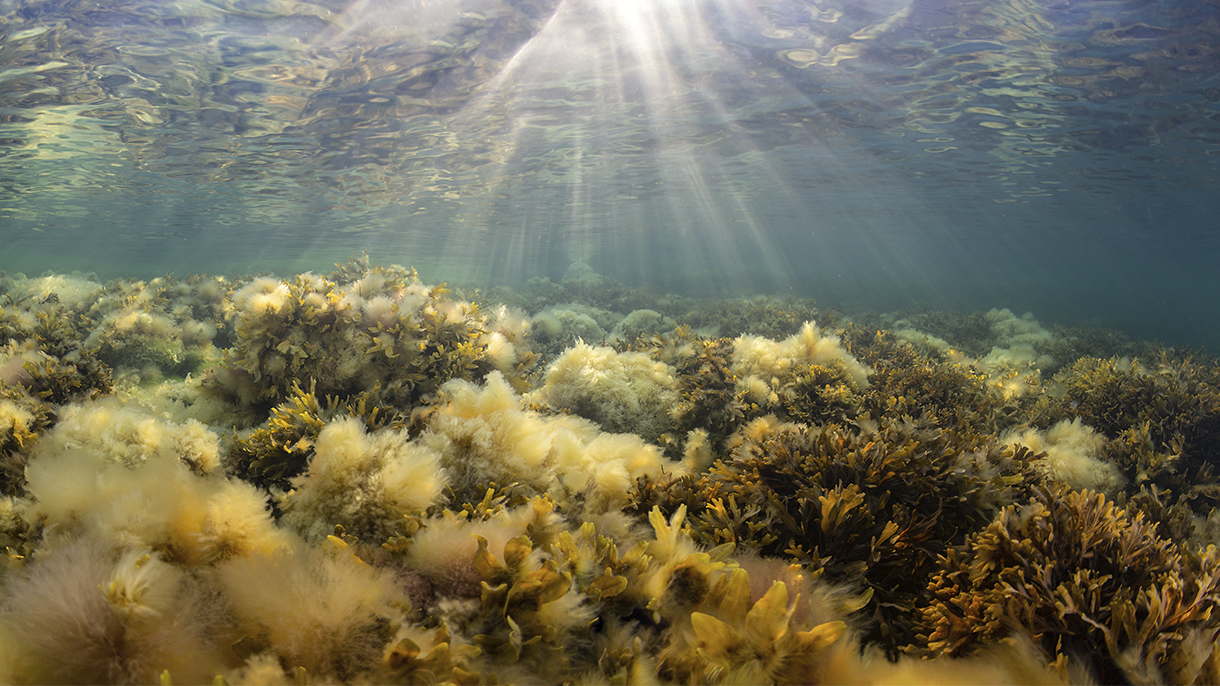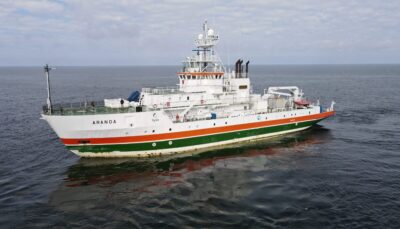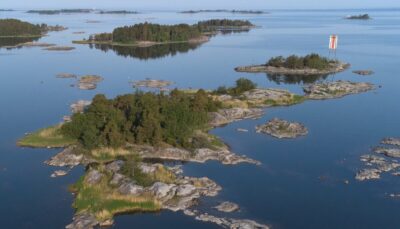COP16 and the race against biodiversity loss

At the end of October 2024, representatives from governments nearly 200 countries, various sectors, and organizations will gather in Cali, Colombia, for the UN Biodiversity Conference (COP16). The parties to the UN Convention on Biological Diversity will examine the progress made in achieving the common nature targets. Countries are expected to present the progress of their National Biodiversity Strategies and Action Plans (NBSAPs). However, most countries have missed the deadline to submit their NBSAPs by COP16. In Finland, a lack of funding as well as long-term and ambitious enough nature policies threaten the success of halting biodiversity loss and meeting international commitments.
According to the latest IPBES (Intergovernmental Science-Policy Platform on Biodiversity and Ecosystem Services) report from 2019, threats to biodiversity have escalated globally.
The parties to the UN Convention on Biodiversity (from now on the Convention) will gather in Cali, Colombia, from October 21 to November 1, to review how they have implemented the goals set at the previous conference in Montreal in 2022 (Kunming-Montreal Biodiversity Framework).
In Montreal, among other goals, a global target was established to protect 30 percent of marine and land areas by 2030. Eliminating or repurposing environmentally damaging subsidies is also part of the Montreal framework. Now the question in Cali is how well these targets are being put into practice.
In terms of importance, the 2022 COP15 has been compared to its counterpart in climate change treaties: The Paris Agreement.
Most countries lacking behind the deadline
At the Cali Nature Conference there is a keen interest in the preparation of National Biodiversity Strategies and Action Plans. Each party to the Convention is expected to show the alignment of their NBSAP with the framework agreed in Montreal. The NBSAPs are the main instrument in implementing the Convention on the national level.
However, more than 80 percentage of the parties to the Convention are missing the deadline to submit their NBSAPs by COP16. More NBSAPs are though expected during the summit and later the ongoing year.
There are several factors contributing to the delay in different countries, ranging from questions of funding and capacity restraints to elections. Securing financial support for implementing the agreement in countries with capacity constraints is essential.
While not legally binding, transforming the global targets to national levels through NBSAPs is crucial: thriving biodiversity underpins all life on Earth and helps us combat climate change. If we do not act now – listen to the science and seize the solutions we already have – we will face mass extinctions and significant struggles of people.

Finland’s struggle to halt biodiversity loss
Finland is committed to the United Nations Convention on Biological Diversity and the EU Biodiversity Strategy. Therefore, Finland’s national biodiversity policy must align with these international obligations.
The worry is that Finland’s nature and biodiversity policy is not ambitious enough. Funding for nature conservation has been significantly cut by the current government. Without sufficient funding and long-term policies halting nature loss is impossible even at its current state.
“National programs established to promote the achievement of nature conservation goals, such as HELMI, METSO, and NOUSU, are not yet adequate to meet Finland’s international obligations or to halt biodiversity loss, unless they are provided with adequate and long-term funding”, says Miina Mäki, Senior Specialist at John Nurminen Foundation.
Finland behind on targets
Finland is among the countries that has yet to submit their NBSAP. The strategy and plan are currently undergoing a political process, and only drafts have been submitted to the Secretary of the Convention.
In Finland, the NBSAP lies under the jurisdiction of the Ministry of the Environment, and it is eventually approved by the government. In 2023 and 2024, the strategy and action plan have been discussed in the working and steering groups. The government should decide on the strategy and action plan during 2024.
Yet, the slowness is not the only issue when it comes to Finland’s nature targets: they are not ambitious enough. In the late 2023, the Finnish Nature Panel, an independent panel of scientific experts supporting policy-planning and decision-making, published a report (in Finnish) that highlights the importance of concrete and measurable targets in the NBSAP. Increasing protected area coverage is emphasized as an effective means to safeguard nature. A sufficiently comprehensive and connected network of protected areas helps combat biodiversity loss.
During the formation stage, many quantitative goals have been removed from the strategy – specifically those based on percentage shares and surface areas.
Finland’s national law protects biodiversity
Finland’s own Nature Conservation Act, updated in 2023, should ensure the protection of biodiversity.
The Nature Conservation Act states that “(t)he National Biodiversity Strategy sets out the national functional, quantitative and temporal targets for halting biodiversity decline and improving the state of biodiversity” (Nature Conservation Act 9/2023, § 13).
Marine nature cannot recover on its own. Finland must incorporate the quantitative targets outlined in the UN Biodiversity Convention into its biodiversity strategy: specifically, 30 percent of land and marine areas, of which 10 percent should be under strict protection.
Making sure Finland’s targets are sufficient is not only important to fulfill international obligations, but to follow its own legislation and most importantly: ensure the well-being of nature.

COP16 expectations
It remains to be seen how the negotiations in Cali will progress and how effectively countries will be able to implement their plans.
Colombia has highlighted inclusivity as a key aspect of COP16 – the COP of the people. The theme of the COP16 is “Peace with Nature”. While having a strong narrative of inclusivity, truly engaging indigenous peoples and local communities in the decision-making processes is important.
At the official opening ceremony of COP16, Susana Muhamad, Minister of Environment of Colombia, stated: “Peace with nature means that there must be a conceptual change in terms of our values: nature is not a resource, nature is the fiber of life itself.”


